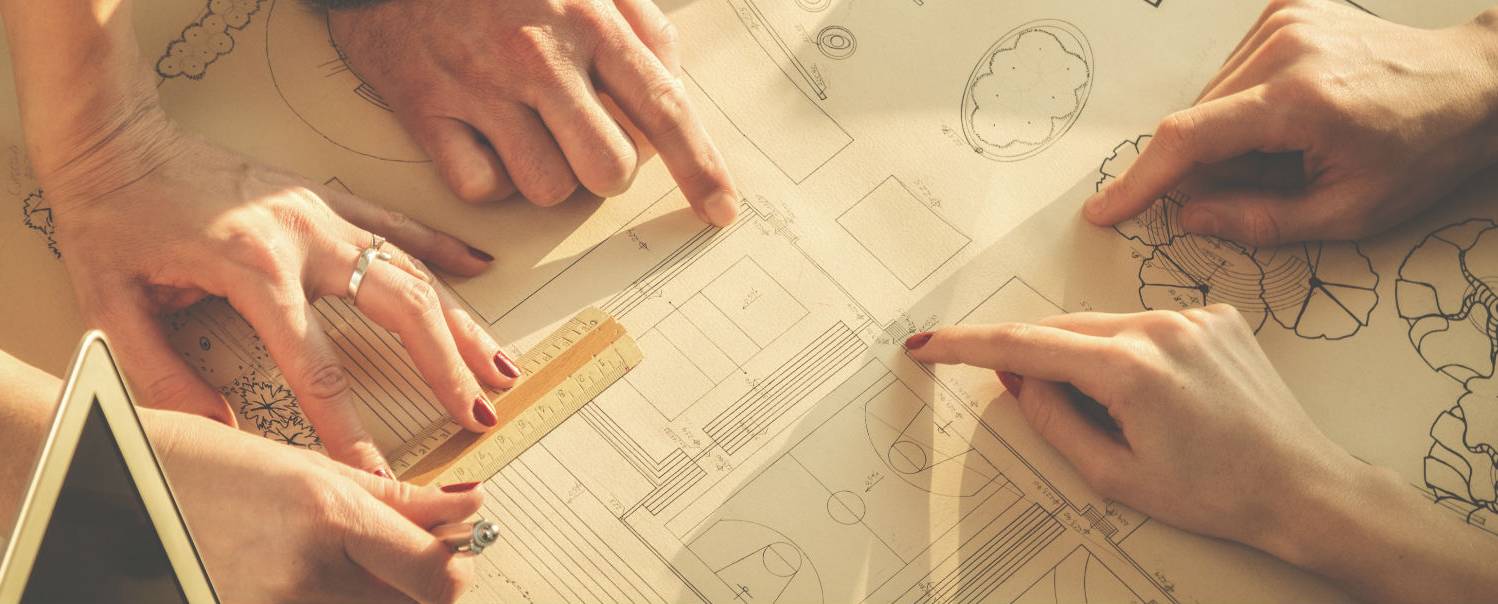Diversity, the value of being different
The term diversity is defined as variety, dissimilarity or difference or, similarly, an ethereal concept that is everywhere, around us. The world has always been diverse, and different.
TOPIC OF THE MONTH
Share
Starting with everything we eat and continuing through culture, race, language, ideology, even the seasons of the year or musical taste. Diversity is something that is common in our lives and we must take advantage of that wealth.
Diversity is so much more than looking for the difference, it is about looking for common factors in a variety of values, looking for the positive side in any matter. We all like to be heard, to be thought of, to be made to laugh, why wouldn't we? And therein lies the true richness of difference, that we can complement one another.
FAMILIAR DIVERSITY
There are many types of families: dad, mum and son; mother and daughter; dad and twins; uncles, grandparents, cousins, grandchildren, etc. Although everyone has a way of thinking about what it means to be a family, tolerance is the basis for everything. We must look further and see what is really important. To love one another, to feel part of something and to be important to others are aspects that influence the happiness of any person.
RACIAL, CULTURAL AND IDEOLOGICAL DIVERSITY
The colour of the skin, even ideology or culture, often put barriers between people. Valuing difference is also learning from others; different beliefs and ways of thinking can enrich us in an exceptional way. Have you ever stopped to think why there are people who reject other people just because of their skin colour? Have they put themselves in the other person's place? Giving someone an opportunity, without prejudging for any reason, can give us so much more than we believe.
TEACHING VALUES
As human beings we are all equal, therefore, being respectful of differences, of the various cultures and races, is also part of the education we need to impart to our children. A child must learn values such as friendship, understanding, tolerance, patience, solidarity and respect. This will help them coexist better and feel good in whatever environment they are in.
In addition, we should not forget that teaching is everything we do when we are not teaching, that is, children learn much more from what they see us do than from what we tell them to do. The way we relate to others, the way we ask for things, the way we share, help, defend, claim, tolerate and accept, will influence their behaviour more than we imagine.
What is similar unites us andthe diverse gives us value.
DIFFERENT ABILITIES
Children with disabilities experience violence almost four times as often as those that don't, according to the World Health Organization. To change this type of aggression the first thing to do is change the attitude, and social integration is the first step. This integration goes through the school, benefiting all children, who can become the best teachers in the future to reduce inequalities and build an inclusive society.
DIVERSITY IN THE WORKPLACE
The benefits of diversity in the work environment are many, although you need to know how to manage it for it to truly enrich personal and professional relationships.
How?
• Accept other points of view: an area of tolerance and respect towards others and their ideas yields greater creativity, self-esteem and confidence, which also benefits the company. On the other hand, a management culture based on everybody following the same path, obeying the 'order and command' in a certain way, can be a source of conflict.
• Work towards a common goal: the feeling of belonging promoted by a common interest unites and generates strong connections between colleagues. Good team cohesion always benefits the company and its people.
• Communication: although we tend to get along better with people who are more similar to us, it is important for communication to flow among all team members, even if they have different opinions. Diversity is the key to success.








